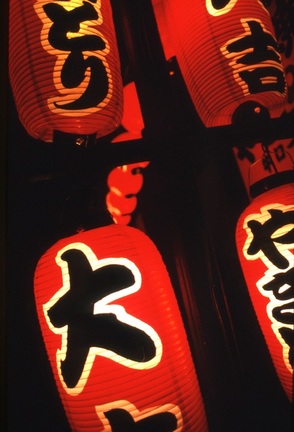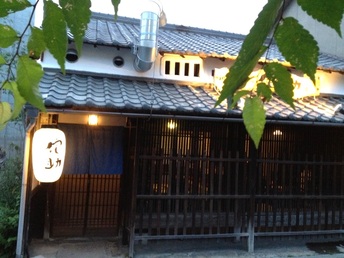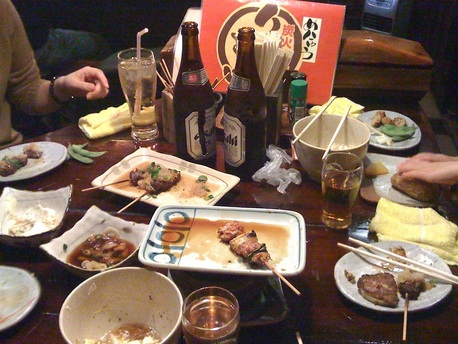 Last week’s YUKATA FESTIVAL put colour back on the streets of HIMEJI, money in the pockets of the mob and a haze of yakitori smoke on the skyline (or was that from the steel mills further west?). Whatever. Praise to the Shinto gods for keeping the rainy season taps turned off while festivities lasted. The Yukata Festival is one of my faves. But as fun as it is to lose yourself in the colourful throngs with a cold beer and a squid-on-a-stick, it’s a relief to return to the tranquility of the Good Hood, my home-away-from-Australia for the past 14 years. This is a place so peaceful you can hear a chopstick hit a kitchen floor two doors down. It is also a microcosm of greater Japan; what happens here, happens in every town and city up and down the archipelago. So what makes it special? Familiarity I suppose. You have to live here a while to understand that. When neighbors welcome you back after a hard day’s work, drop by small packages of fruit and vegetables, or ask you to be this year’s jichikai-cho (neighborhood boss, read: money collector), you know you’ve been accepted! This familiarity extends to dining out. Take Ryosuke’s yakitori joint around the corner, for instance. This wood and tin shack with its bobbing red lanterns and low beams made from old telegraph poles is an extension of my dining room. It boasts Himeji’s hardest-working charcoal grill and there are nights, usually Fridays, when the holding pattern for chicken wing orders is longer than air traffic control’s at Kansai International Airport. While Friday nights at Ryosuke’s might feel like a mountain hut crammed full of starving villagers, they ARE friendly villagers!  A machiya-turned-restaurant. A machiya-turned-restaurant. The ongoing theme of this blog is about change in a traditional Japanese neighborhood. As mentioned in earlier posts, the elderly continue to pass on and let their empty houses return to the earth. That is, unless the hydraulic excavators get there first; in which case new houses rise and car parks spread like a black plague. But wait! A new philosophy of urban renewal may be stemming that tide. Behind it are people with big ideas and bigger dreams, people who are turning vacant plots and old townhouses, or machiya, into restaurants and shops in much the same way Kyoto and other cities with traditional precincts have done with their old residences, transforming them into cool, funky spaces. Through slatted wooden facades, low lamps illuminate the tatami rooms of several refurbished machiya in my neighborhood. You might even glimpse a waitress (a moonlighting housewife) in kimono as she moves quietly between low tables with trays of tasties for the patrons. And what about an after-dinner tipple? Well there’s this place around the corner also modelled in traditional Japanese style. It has tatami flooring and a sunken bar on which huge earthen kegs of liquor sit and one earthen cup of that stuff (shochuu) will temporarily separate your head from your body. It’s called Nanseki, or Southern Rock. Which is how your head will feel the next day. It’s a ‘watering hole’ but not in the American or Australian sense of the word. No rock and roll, no pick-ups, utes or greasy bikers’ hogs parked outside. Instead there are bicycles; normal bicycles? no, these iron stallions belong to the neighborhood Mothers’ Committee, heavy-duty carrying machines with grocery baskets for bull bars and rear seats for small troops. It’s Friday night. Chicken wings flutter in my stomach. I hesitate at the threshold of Nanseki. I hear the Mothers’ Committee inside calling for more drinks “And make it snappy willya!” I dither before removing my shoes and sliding back the door. Because I know I’m about to enter a boozy Hell filled with hot-cheeked women and precious few angels. Next week: Smells like neighborhood spirit--aromas of the Good Hood.
1 Comment
|
This Blog:What is the essence of a traditional Japanese neighbourhood? Writing from my home in Himeji, a castle town in western Honshu, Seaweed Salad Days distills, ferments, presents! Archives
March 2024
Categories
All
|

 RSS Feed
RSS Feed
